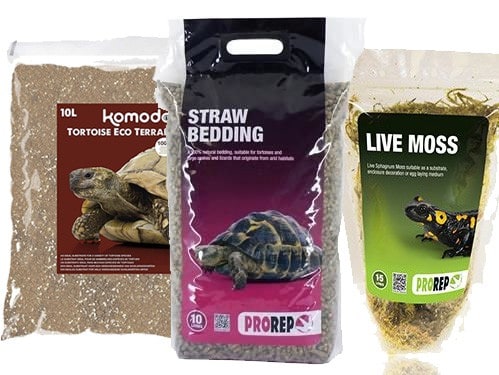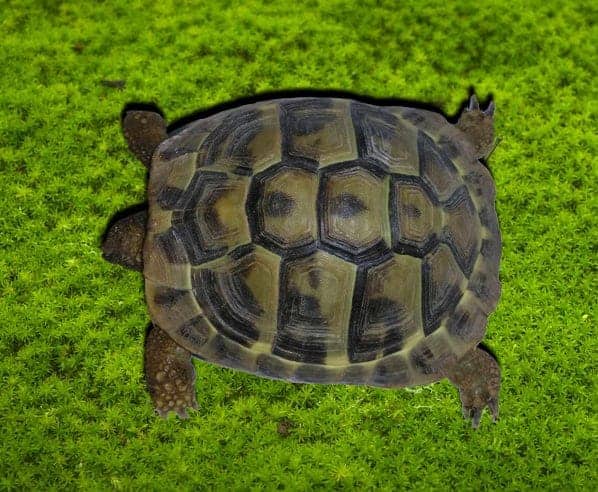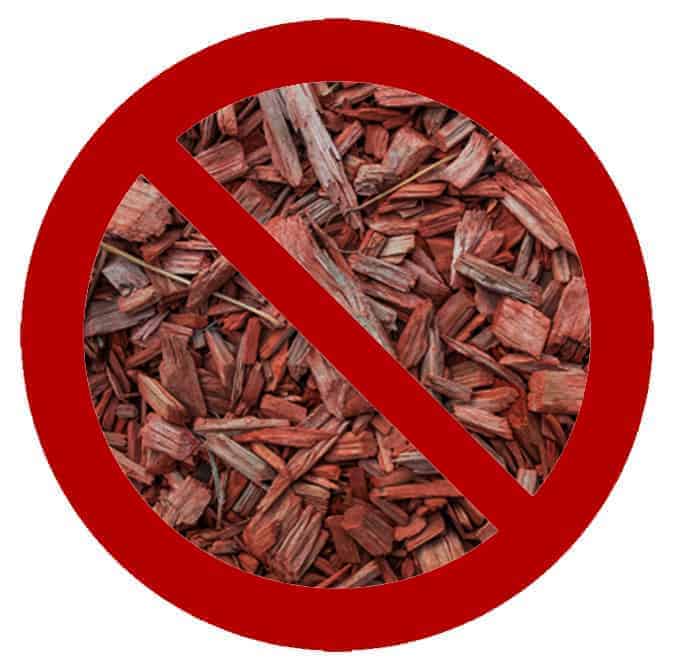
Tortoises are pretty tough animals, hailing from the sun scorched plains of sub saharan Africa, to the dry and barren mountains of southern Europe, and the sweltering humid rainforests of South America. None the less tortoises have evolved to adapt to such regions, despite the challenges such environments present.
When you keep a tortoise domestically, especially indoors, it’s easy to get complacent about their needs, after all, if they can thrive with the ever present threat of drought and predators lingering over their heads, being confined to the relative sanctuary of your living room must be a cinch… right?
Unfortunately nothing could be further from the truth, and even with the best will in the world it doesn’t take a lot to make grave mistakes with your tortoise husbandry that can be disastrous for the health of your tortoise.
Perhaps nowhere is this more evident than the seemingly innocuous area of which substrate you choose for your tortoise. After all, what does it really matter what the tortoise walks and sleeps on?
Well as it turns out quite a lot, and choosing the wrong substrate can result in everything from respiratory irritation, in the case of overly dusty substrates, right through to serious laceration or eye injury in the case of something like hemp.
Although there are a range of substrates you can choose from, some are clearly more appropriate than others, and choosing the right one for your tortoise is an important decision.
The Correct Substrate is Especially Important For Young Tortoises
As explained in this post, juvenile and hatchling tortoises require the greatest level of attention when it comes to substrate because they will be spending all of their time living on it for the first few years of their lives.
You should stick to the safest possible options for juveniles, so fairly forgiving but non dustry substrates such as moss and loam/topsoil mixed with coconut fibres or sand are the safest bet.

Moss is particularly good for retaining moisture and providing the slight level of humidity required for mediterranean tortoises, but it is pretty expensive to line your entire tortoise table or vivarium with it. Instead I recommend only using it as the bedding in your tortoise hide/retreat space. This will also help retain the moisture in this particular area, as the hide serves to contain the evaporating moisture, forming a humid ‘microclimate’ in the process.
Older Tortoises
More mature tortoises are somewhat tougher and more resilient than younger specimens, not least because they are further off the ground than their younger counterparts, and because they are large enough not to have their movements impaired by uneven or loose ground.
This means older tortoises can happily live outdoors on the soil and grass of your backyard, even if the soil is a little on the sandy side. If the ground gets a little dusty in the heat of summer it would be worthwhile keeping it moistened if at all possible, to mitigate the risk of dust irritating the tortoises eyes and respiratory system.
Straw pellets are a good option if you have any concerns at all about your tortoise ingesting their substrate, as this can be safely digested, although it does need to be replaced when the pellets disintegrate after getting wet as it can be quite dusty in this state.
Straw pellets have always been my choice of substrate, largely because they are safe if eaten, however they aren’t really suitable for very small tortoises as they form a very uneven surface to walk on, which can be problematic for the small legs of a hatchling or juvenile.
Substrates You Should Not Use for Tortoises Young or Old

There are some products that are not suitable for any tortoise regardless of the age or species. The biggest culprit is anything large or sharp enough to cause physical injury such as wood chips, bark, nut shells, stones, and building sand, also known as ‘sharp’ sand.
These types of substrate can cause eye injuries, and if ingested can damage the digestive tract or become ‘compacted’ within the stomach, which can be very dangerous.
If the substrate is of a size and form that means the tortoise may attempt to eat it than you must make sure that it can be digested such as the aforementioned straw pellets I use.
Final Thought
Clearly tortoises may come across less than ideal ground material in nature, and in some cases they will suffer because of it. When you keep a tortoise in captivity however there is no excuse of unnecessary suffering, so it is important to provide a substrate that is as forgiving as possible.



